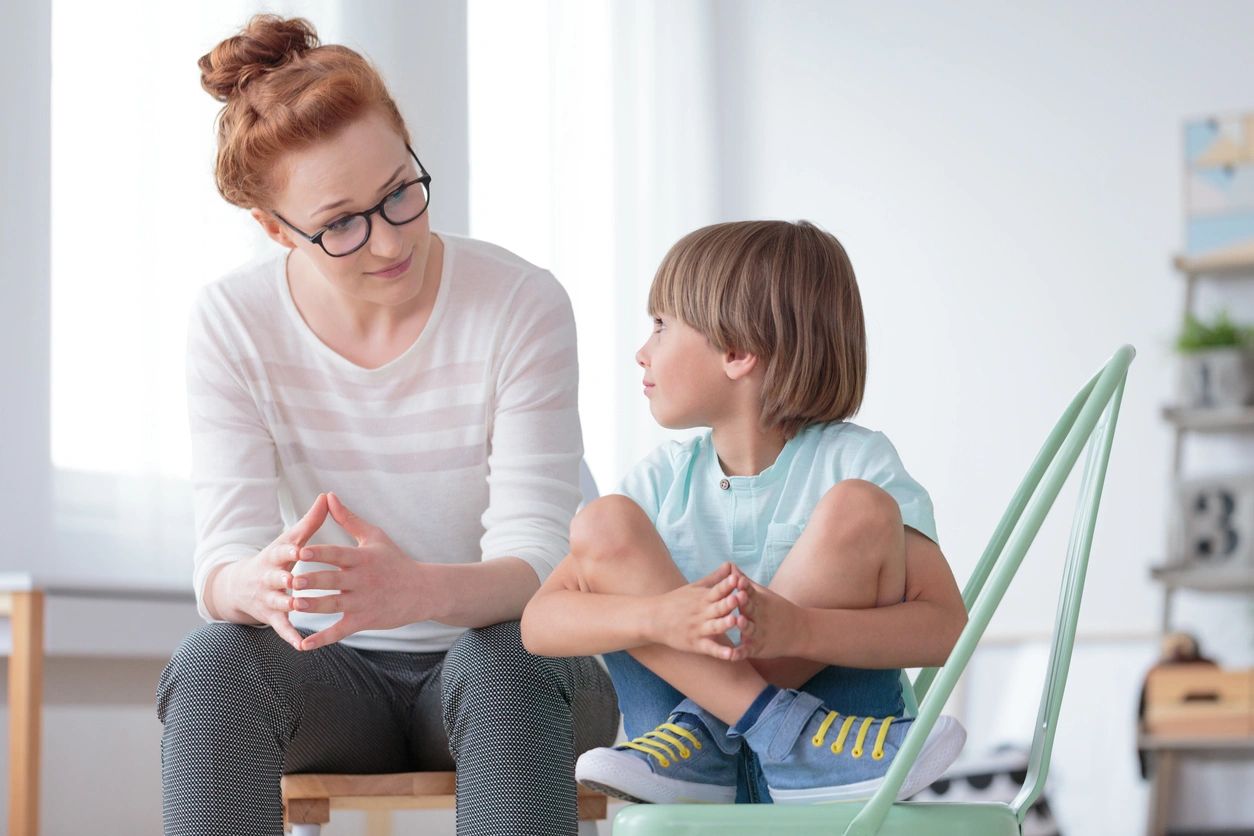FAQ

Get Simple Answers to the Most Common Parenting Concerns
Click any of these frequently asked questions for Barb’s one-minute answer.
Is it okay for my child to have tantrums?
Yes. Can you regulate your emotions all the time? How can you expect a child whose brain hasn’t even fully developed and has been on this planet for way less time than you have to regulate his/hers?
There are three things people do with emotion: Express it (children need to be taught how to do this non-hurtfully, which many adults can’t do), repress it (which is very unhealthy and causes lots of problems), and release it. Tantrums are an emotional release.
How do I deal with tantrums?
- Keep your child safe.
- Calm your child.
- Create emotional safety by allowing his/her feelings.
- Reflect back on your child’s feelings when calm. “I can tell you were mad. It’s okay to be mad. The next time that happens, what can you do?”
- Role-play a positive behavioral alternative.
How do I teach my child to regulate emotions?
By learning how to regulate your emotions. Setting a good example and understanding kids can’t regulate emotions (but are learning this skill) is critical.
Breath regulates emotions. I teach 4 research-based composure skills. See my YouTube channel for more on this topic.
I was spanked and turned out fine. Why can’t I spank my kid?
The world has changed and research shows the harm spanking causes. The American Academy of Pediatrics has said it’s not ok and never to do it. Don’t do it! See my YouTube channel on discipline and spanking.
“Aversive disciplinary strategies, including all forms of corporal punishment and yelling at or shaming children, are minimally effective in the short-term and not effective in the long-term. With new evidence, researchers link corporal punishment to an increased risk of negative behavioral, cognitive, psychosocial, and emotional outcomes for children.”
How do I discipline my child if I can’t spank?
You must first know what is driving your child’s misbehavior. Think of a car that has 4 wheels. There are for drivers of misbehavior:
- A legitimate unmet need (hungry, tired, attention).
- The child is emoting.
- The child lacks information.
- The child is acting out one of the mistaken goals: Undue attention, power, revenge, or assumed inadequacy.
For very young children I use distraction, substitution, and redirection. For older children, I use encouragement, positive reinforcement, role-play, consequences (which must be prearranged), and intervention if needed.
I do not punish or reward children. See my YouTube channel for much more on why children misbehave and how to handle it.
My kids are fighting all the time. What can I do?
Your job is to keep the kids safe. Divide and conquer. Research says that kids who are spaced closely and don’t have conflict resolution skills will have a conflict every 6 minutes. This is very tiring for parents and caregivers. You must teach kids how to non-violently resolve conflict by trading, sharing, and taking turns. Getting an adult to help is critical if children can’t do this on their own.
My child is being bullied. What can I do?
Teach your child to stand up for himself/herself and that they are worthy of respect. Reassure your child it’s not his/her fault. Role-play bullying scenarios and practice your child’s responses. Talk about how our voices, bodies, and faces send messages just the same way our words do. Make sure they go to an adult for help if the bullying continues. Adults need to keep kids safe.
When and how should I talk to my kids about sex?
Your child needs to know everything about sex by age 10. That includes sexually transmitted diseases, contraception, and how the sperm gets to the egg. I use bibliotherapy (books from the library) to cover a range of topics age-appropriately and follow those with a discussion that builds from your child’s interests. If you don’t talk to your child by 10, they’ll get embarrassed and won’t want to talk to you about it later.
The average age of menarche (a girl's first period) is 11. As kids get older, I talk to them about how they would know if they were ready to have sex, what a relationship means to them, and the characteristics of a person they would like to be in a relationship with. I also talk about how sex is different for women than men because of the hormone oxytocin.
My child has low self-esteem. How can I change that?
Kids need to feel lovable and worthy simply because they exist. My 15-minute miracle of time spent with them daily, encouragement rather than praise, noticing rather than judging, authentic feedback and my attitude of gratitude game are the tools I teach parents to foster positive self-esteem. Go to my YouTube channel for what research says kids need in order to form positive self-esteem.
My child is fearful. What should I do?
I use a 5-step process for dealing with a child’s fear:
- Talk about it. There’s nothing so scary we can’t talk about it.
- Key your child into where he/she feels it in his/her body.
- Teach composure and coping techniques: Visualization, breathing, stretching, etc.
- Classic desensitization: Take baby steps facing the fear.
- Reinforcement: Notice when your child has faced the fear and made progress. Focus on improvement, not mastery.
